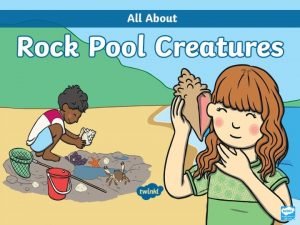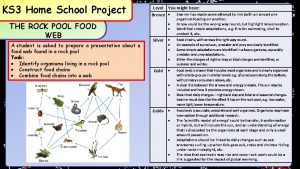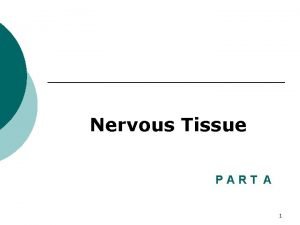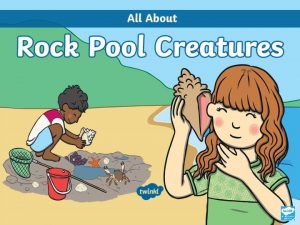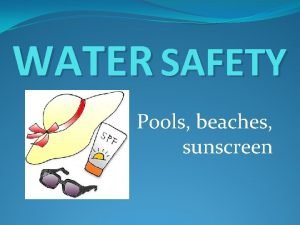Rock Pool Creatures Rock pools are made from









- Slides: 9


Rock Pool Creatures Rock pools are made from water left on the shoreline after the tide has gone out. They are habitats often full of incredible creatures including starfish, sea anemones and crabs. • Always make sure you are with an adult. • Wear non-slip shoes. • Be kind to the creatures you find; put them back where they belong. • Remember that rock pools are habitats to living things, just like your home is your habitat. Why do you think you should wear non-slip shoes? Talk About It

Sea Anemones Sea anemones are beautiful, colourful creatures. They are related to jellyfish and coral, and look like the anemone flowers they are named after. They use their tiny stinging tentacles to catch and eat small fish and plankton. Their sting may be deadly to their prey but it is harmless to us. It is still never a good idea to touch one! Sea anemones have no heart, brain or blood; however, some types can live up to 50 years. Did You Know…?

Starfish are not fish at all, they are related to sea cucumbers and urchins. There are over 2000 types of starfish. They do not move very fast so they eat food which is slow-moving too. They feed on molluscs, mussels, injured fish, coral and plankton. They eat by pushing their stomach out of their mouth, wrapping it around the food and then they re-swallow their stomach and food altogether. Starfish have no blood, heart or brain. If they lose one of their legs, they can grow it back. They use this skill to protect themselves because they can choose to lose a leg if their life is in danger and losing a leg will sometimes save their life. Did You Know…?

Limpets are related to sea snails. They hang on tightly to rocks when the tide is out. When the tide is in, they wander across the rocks to feed. They eat seaweed and algae by scraping the surface of a rock with a radula, which is a bit like a tooth. Limpet shells are round and pointed, a bit like a wizard’s hat. This protects them from being eaten. When they are fixed to a rock, they leave a small gap around their shell to let oxygen in, so that they can breathe, and water in, so they don’t dry out.

Jellyfish have been around for millions of years and were living on Earth before dinosaurs. They can be beautiful to look at but their sting can be deadly. Never touch a jellyfish! They have no heart, brain, eyes or bones and are made up of a jelly-like body with tentacles that sting. They catch fish, crabs and shrimps by stinging their prey with their tentacles and stunning them. Their mouths are not just for eating. They use them to squirt jets of water so that they can move forward. Did You Know…?

Hermit Crab Hermit crabs are just one type of crab you might find in a rock pool. There are over 500 types of hermit crab in the world. Their front two legs have claws which they use to walk. They have two pairs of antennae: one for feeling their way and the other for smelling and tasting. They eat plankton, worms, small fish and insects. The unusual thing about hermit crabs is their shell. They need a shell to shelter and protect their soft bodies but they use the old shells of other animals to do this. As they grow bigger, they find bigger shells.

Barnacles are found on rocks, boats, piers and even on other animals such as whales and turtles. Like limpets, they hang on tight to a surface. They have been on Earth for over 500 million years. They feed on plankton and algae. They can collect small bits of food from the water by using feathery limbs that are a lot like legs. They have no heart or gills and breathe through these feathery limbs as well.

